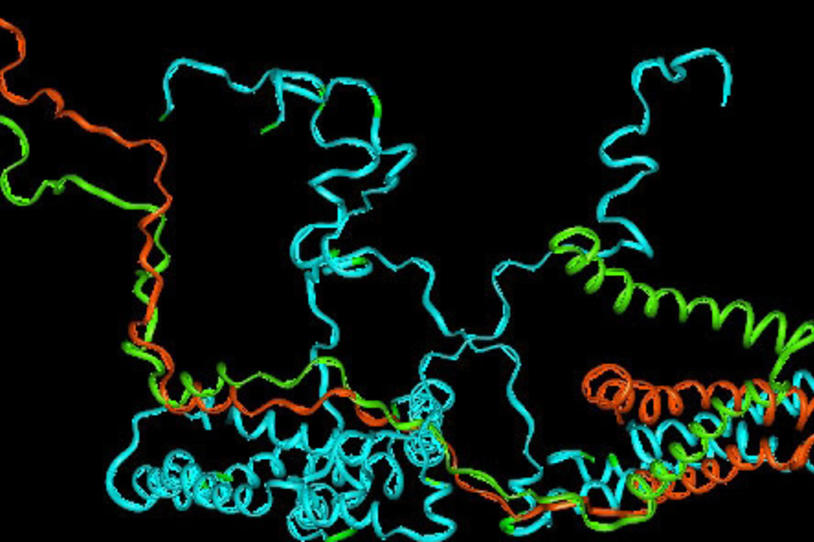
It’s long been believed that there is a link between exposure to pesticides and developing Parkinson’s disease (PD), and recent studies have provided plenty of data to back this idea.
This week, newly-released results into an herbicide called paraquat show that PD risk is doubled in people who worked with the chemical during their lifetime. Paraquat is widely-used in the farming of fruits and vegetables, and for weed control along roads.
The most striking data taken from the study, however, supports the idea that PD is caused by a combination of genetic and environmental factors. The team at The Parkinson’s Institute (PI) found that people who both had a particular genetic variant (a defective GSTT1 gene), and who worked with paraquat, were 11 times more likely to develop Parkinson’s. According to the PI, this is one of the largest risks for PD ever recorded.
While the data is intriguing, more work needs to be done to verify the link determined in this study. One way to do this would be to recreate the combined effects suggested in the study’s epidemiological setting (in which patterns in comparative populations were analyzed) in the laboratory, so that scientists can better understand the biological processes taking place during specific genetic and environmental interactions. This could lead to more concrete information about disease risk, but also, to potential biological targets for PD drug development.
The Michael J. Fox Foundation (MJFF) has funded a wide-range of research investigating the role that the environment might play in developing PD, including past funding to the PI for several studies into various chemicals.
In 2006, MJFF funded-researchers from the Harvard School of Public Health conducted the first large-scale study into potential links between chronic, low-dose exposure to pesticides and PD. They found that those who were exposed were 70 percent more likely to develop PD than those who were not.
Another study investigated how exposure to pesticides, in conjunction with variations in a specific gene region, might lead to the build-up of alpha-synuclein that is common in all people with Parkinson’s.
And last fall, we reported on results showing an increased risk for PD from occupational exposure to common solvents, including a six-fold risk from trichloroethylene (TCE), a chemical which in the past was used for dry-cleaning and as a degreaser.
All of the aforementioned studies were also population-based.
Check out this podcast with MJFF’s Dr. Maurizio Facheris, in discussion with Patient Council member Dave Iverson, to learn more about the connection between genetics and environmental factors in the onset of PD, and why understanding this relationship could one day lead to a personalized approach to treating Parkinson's.